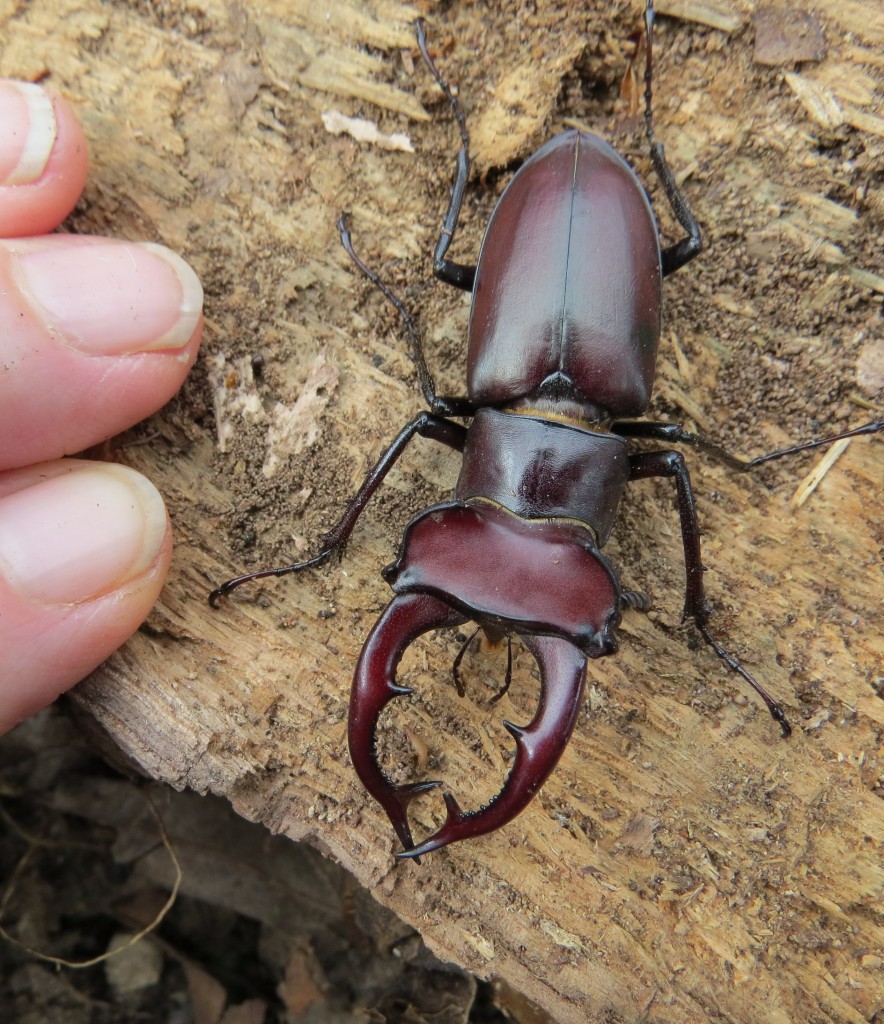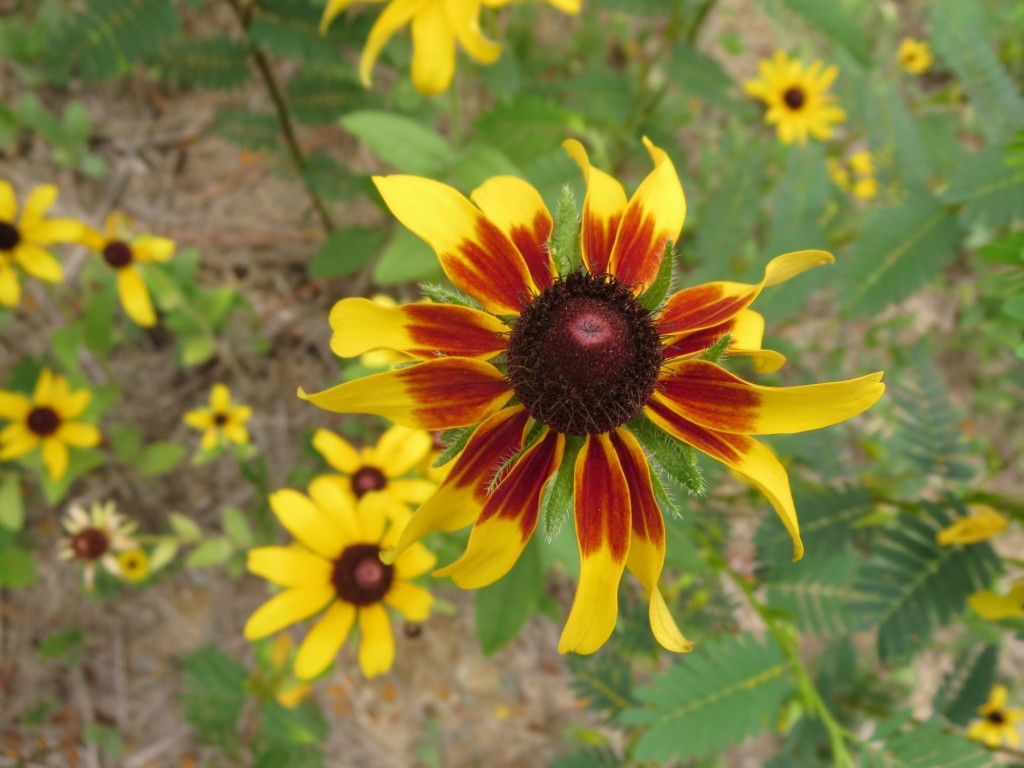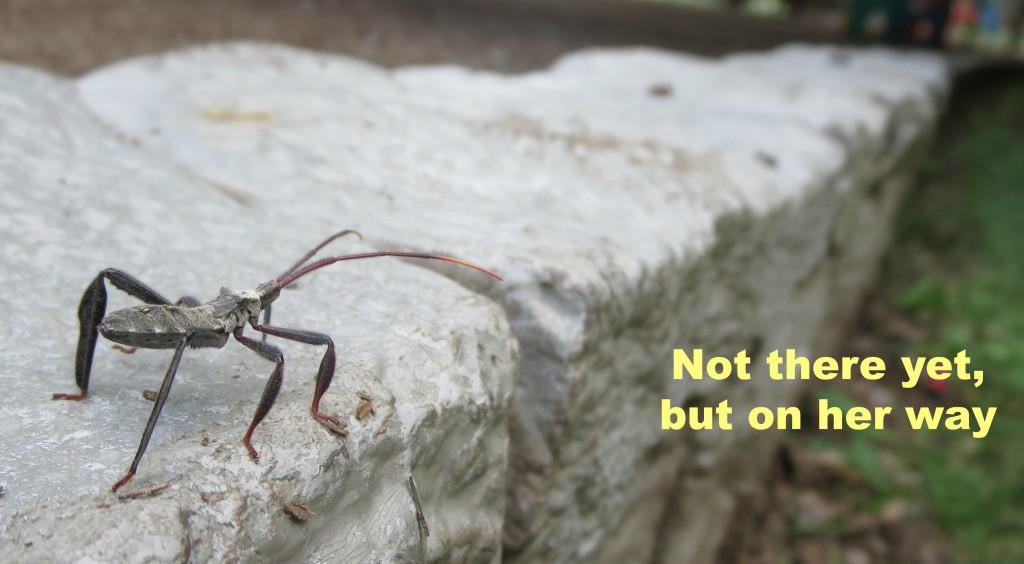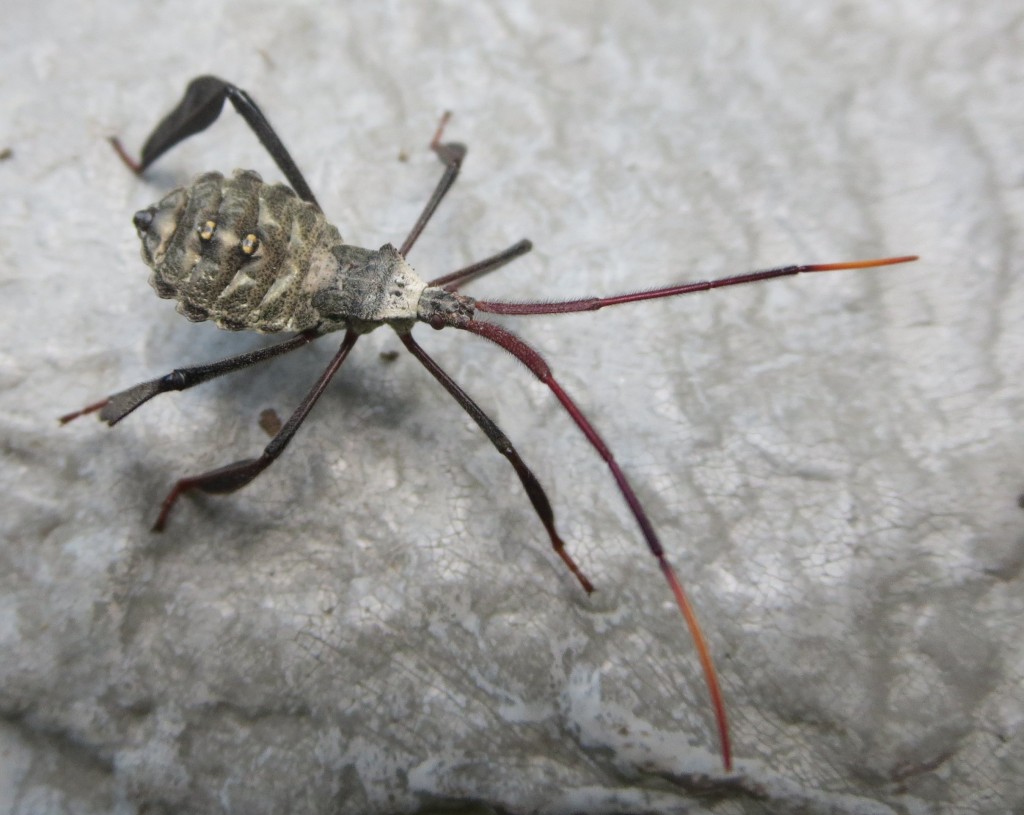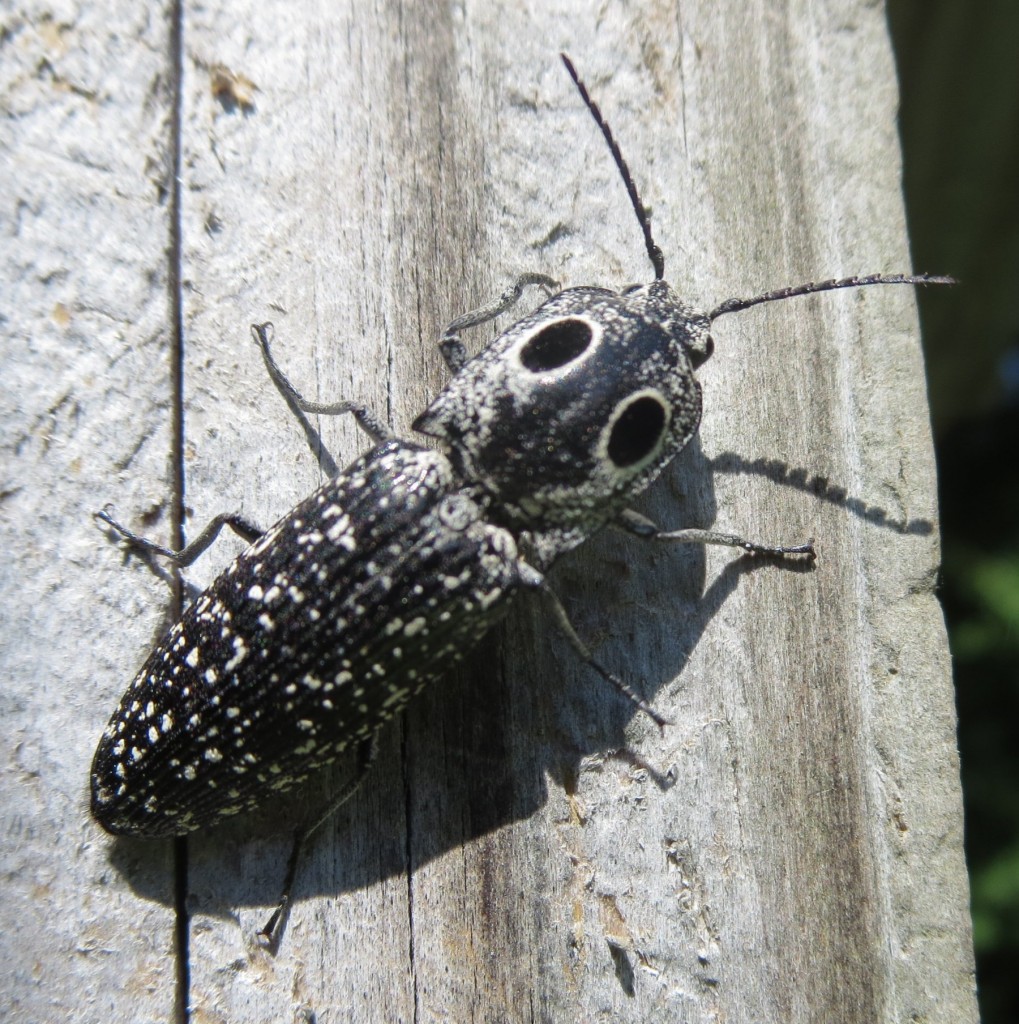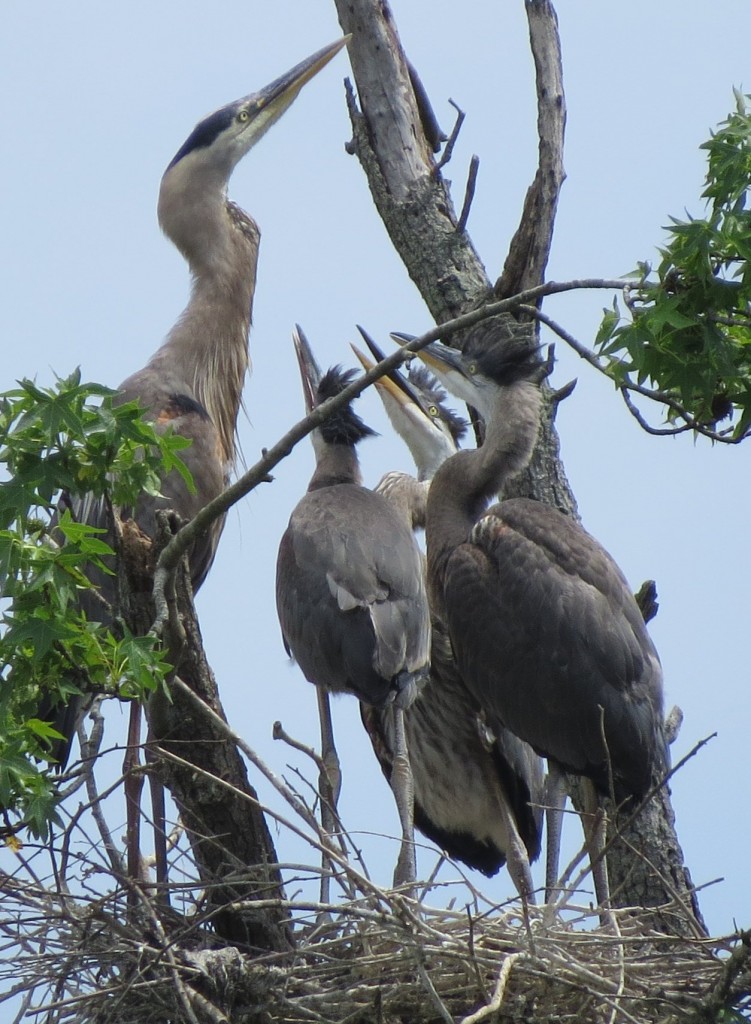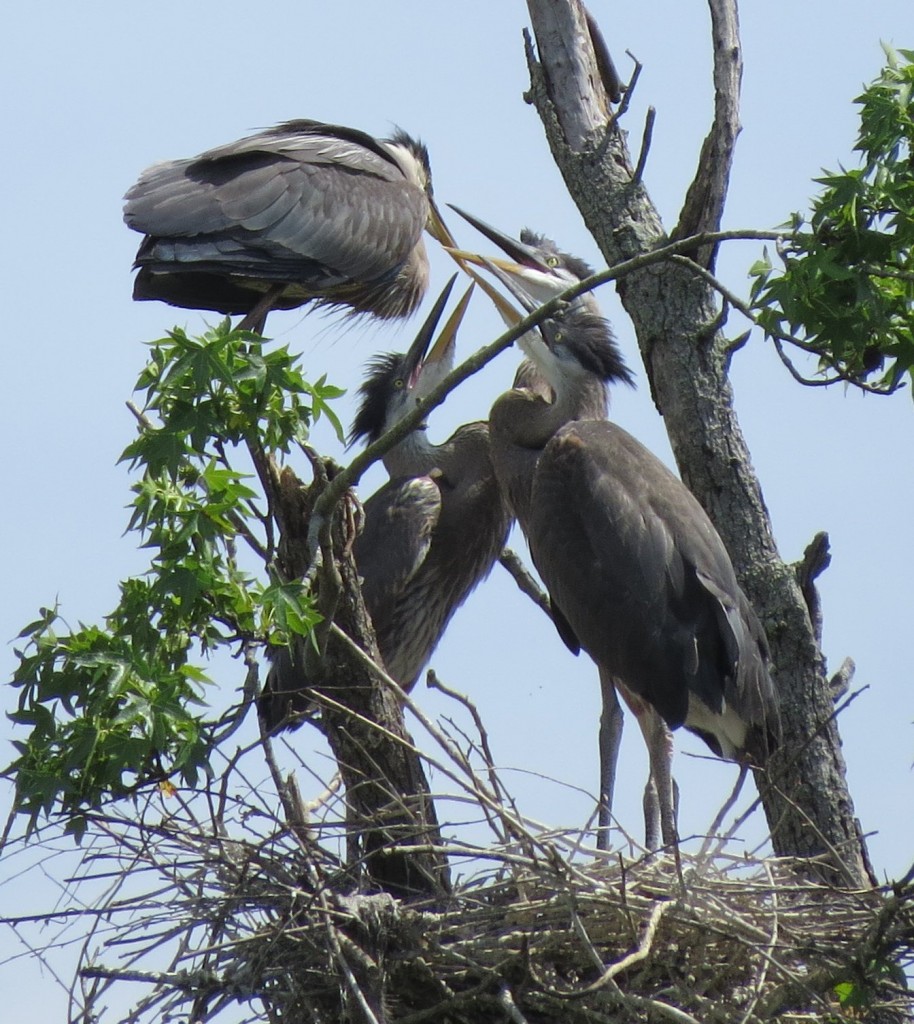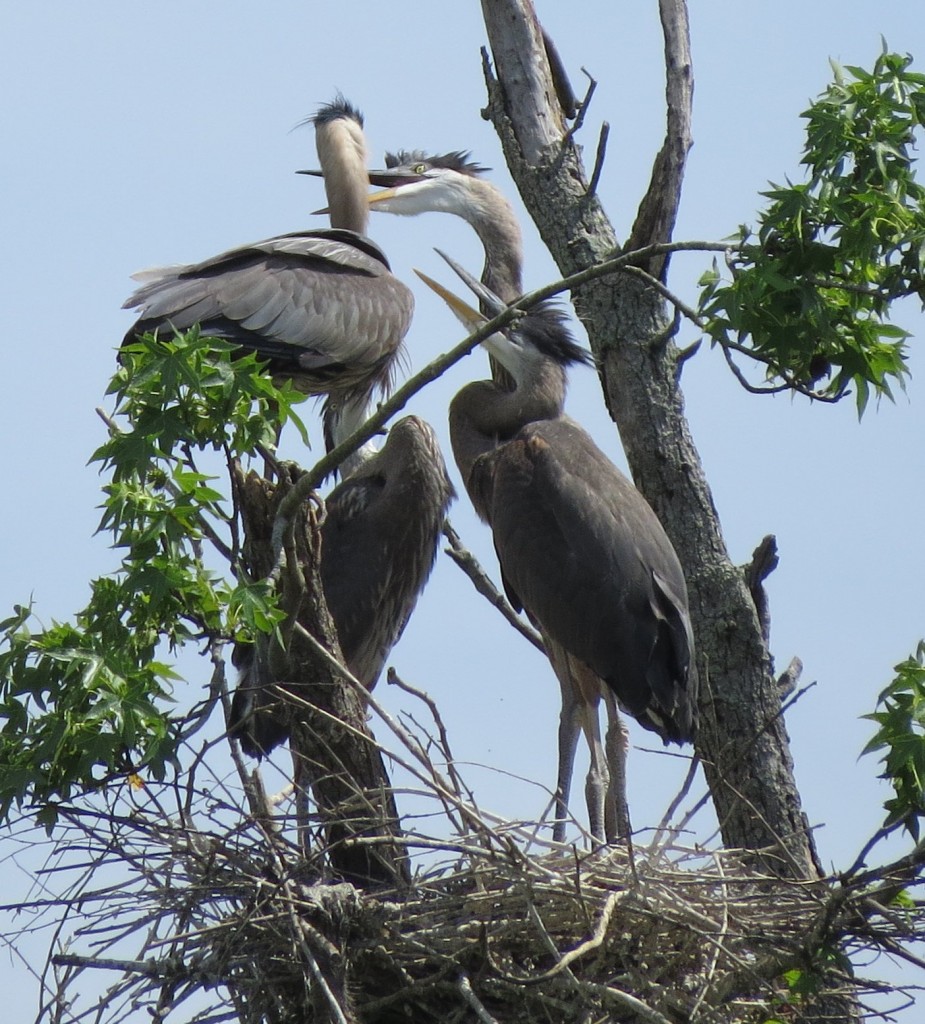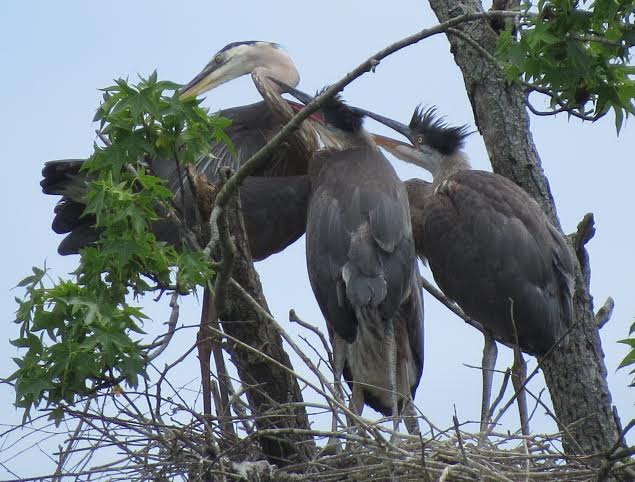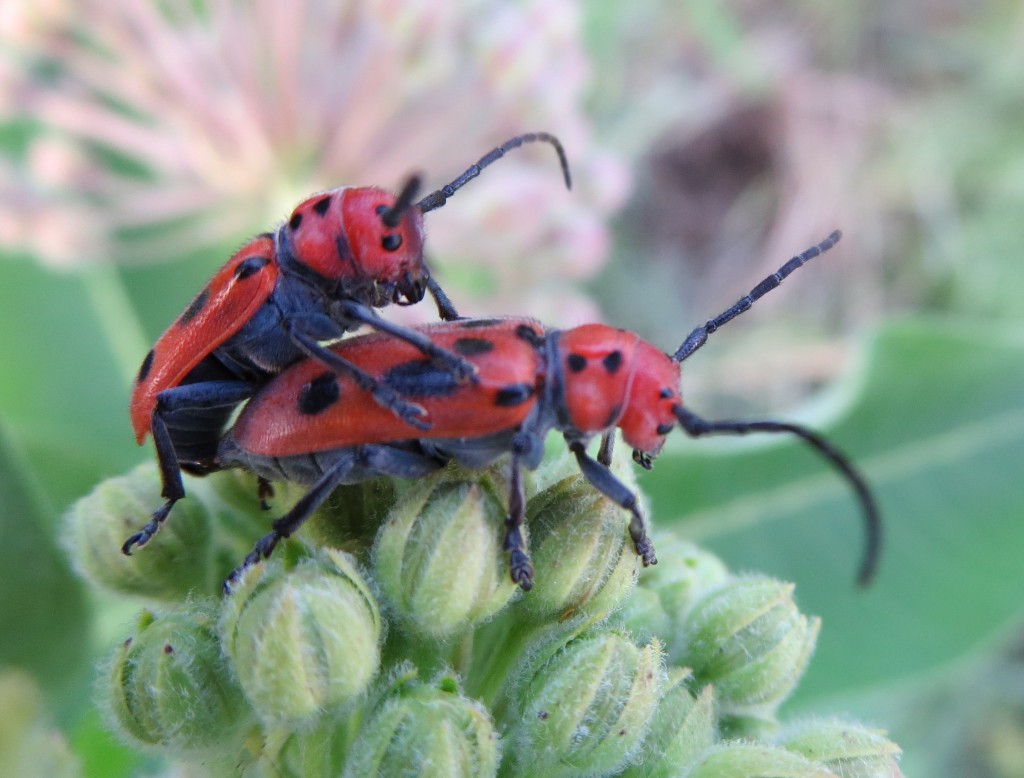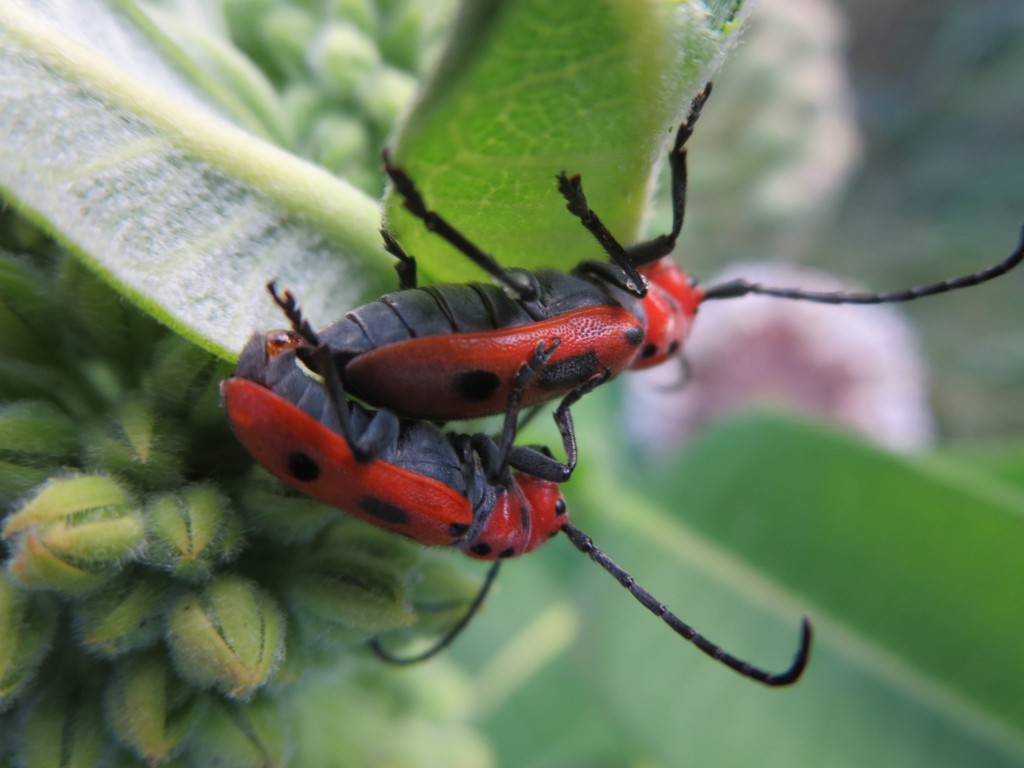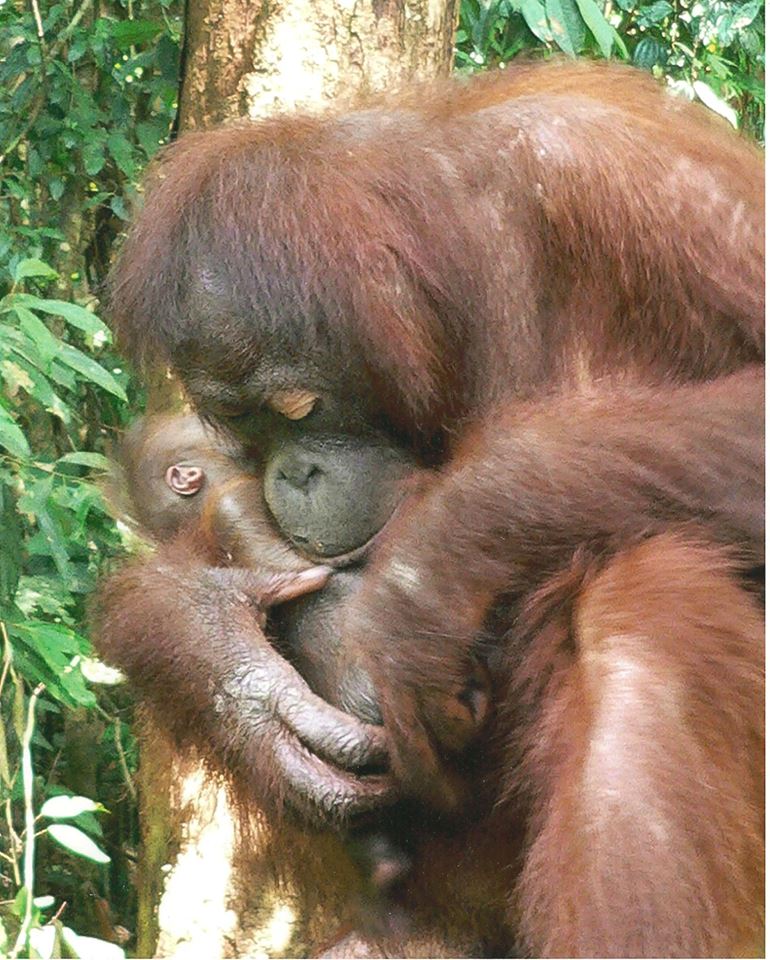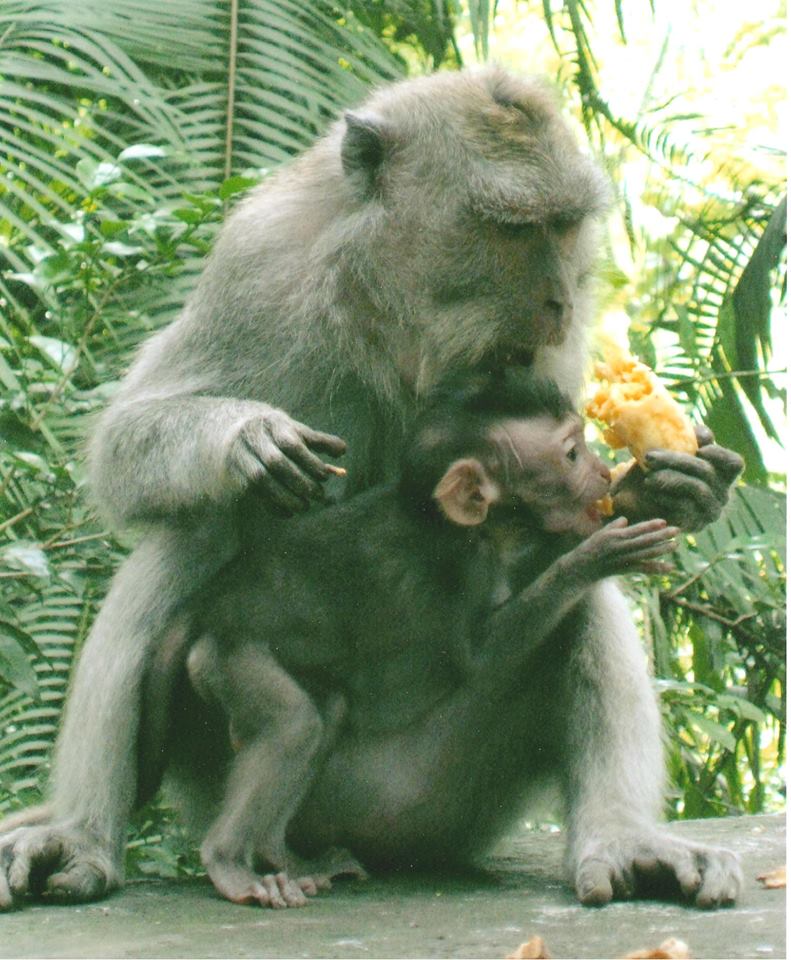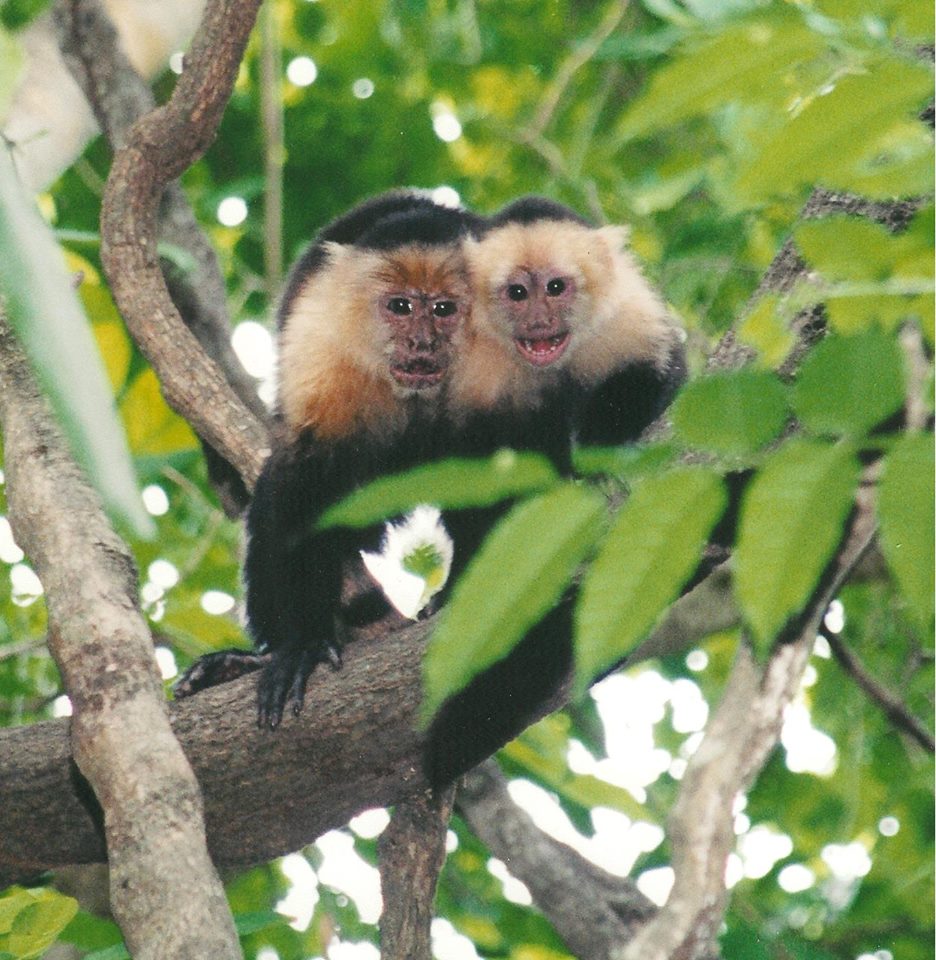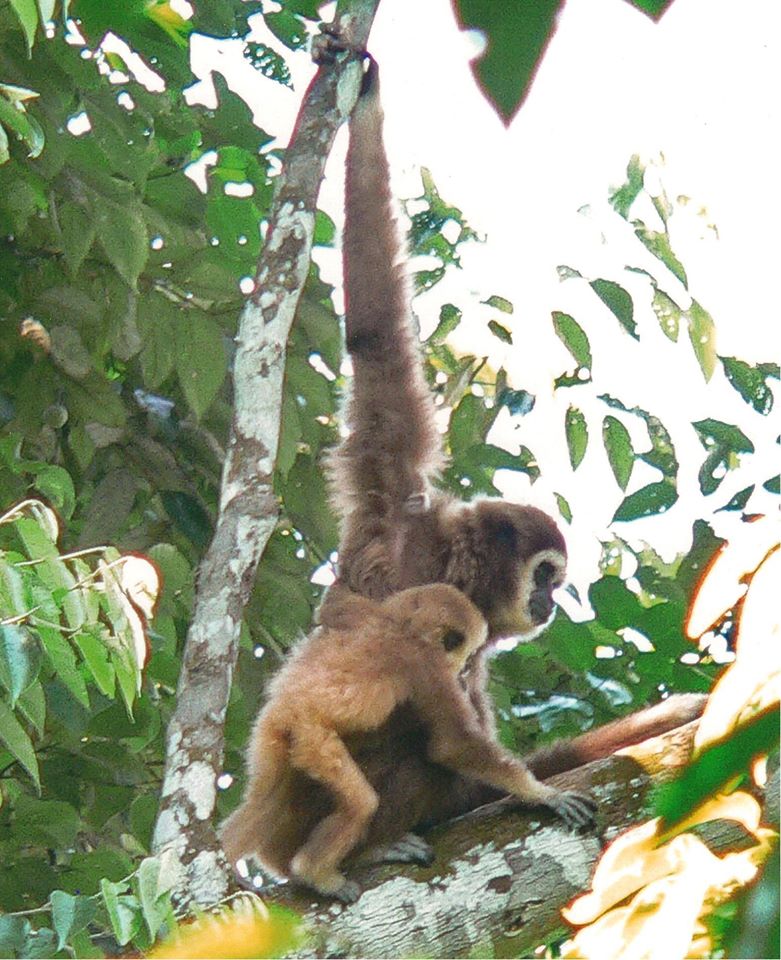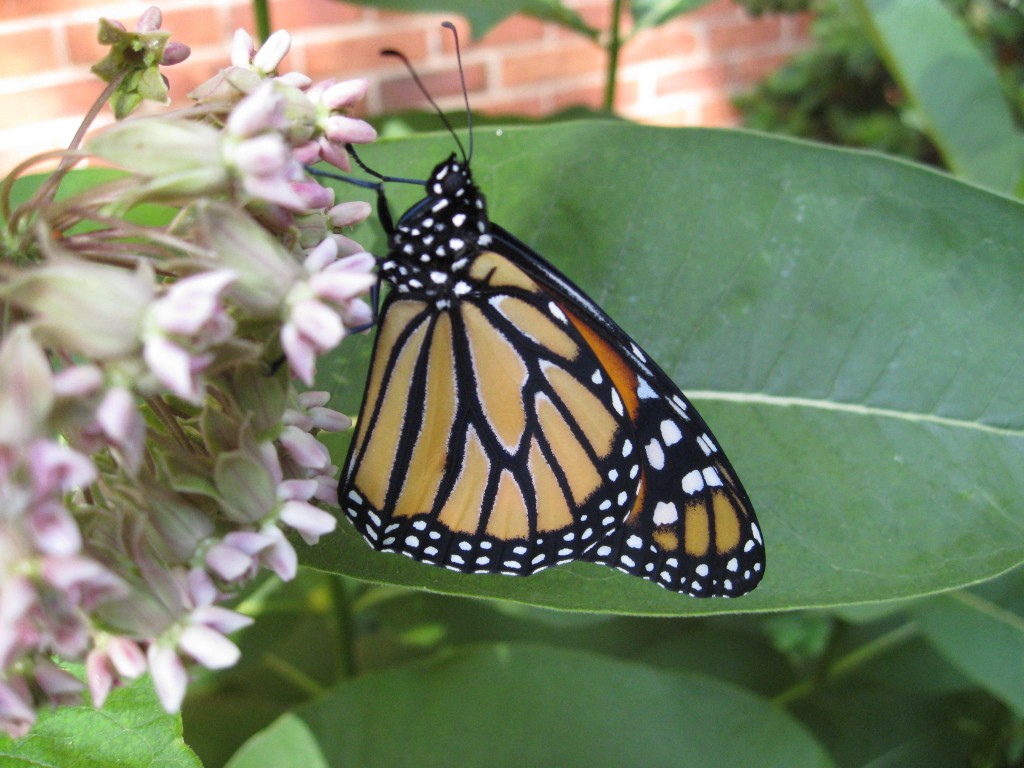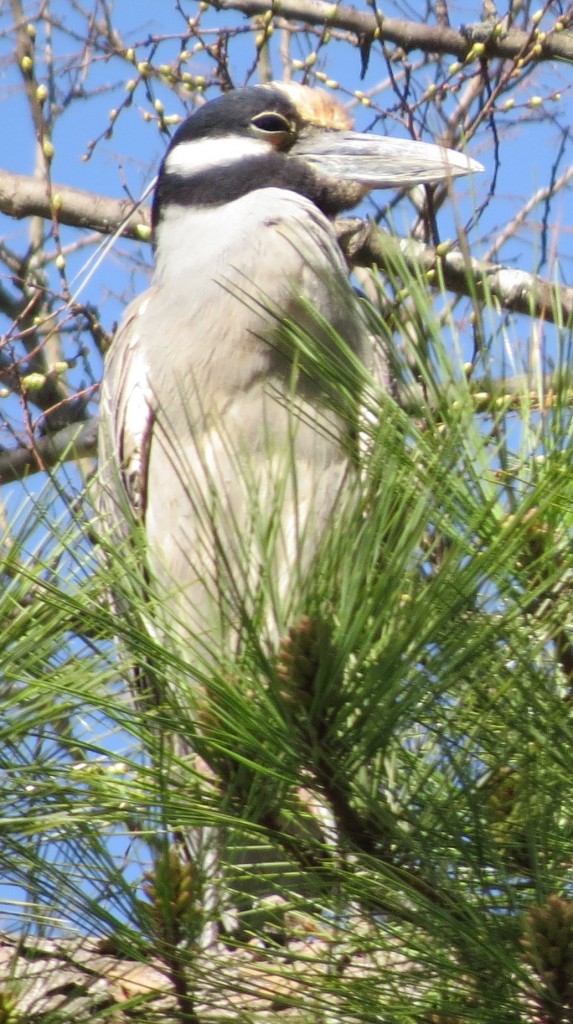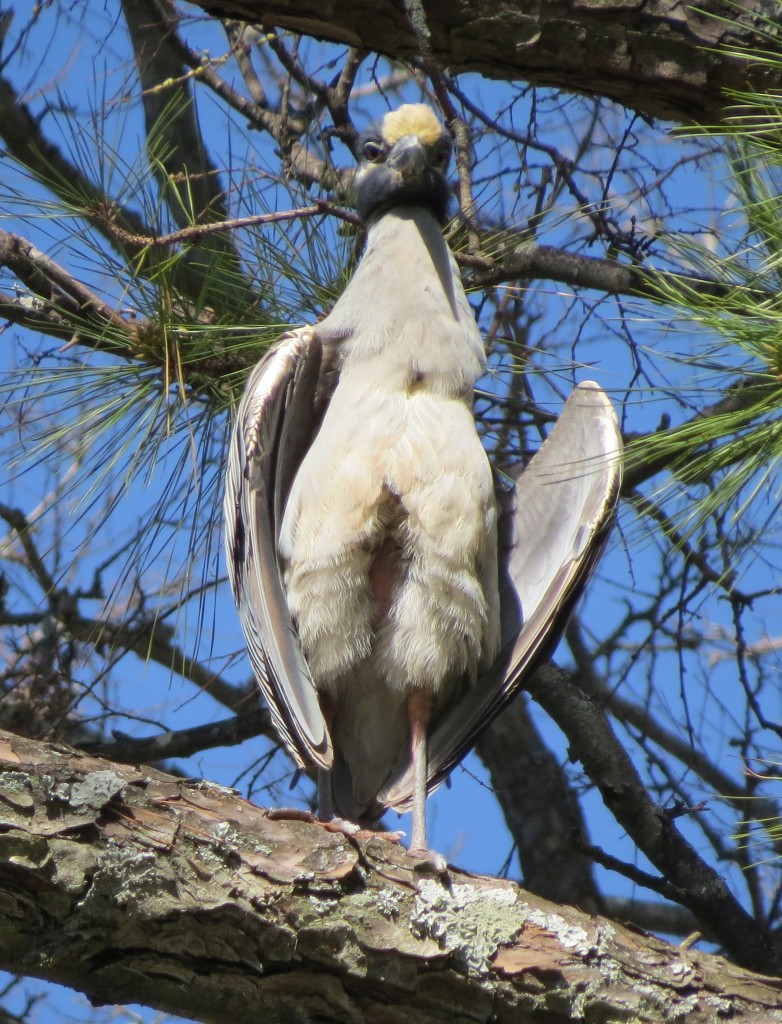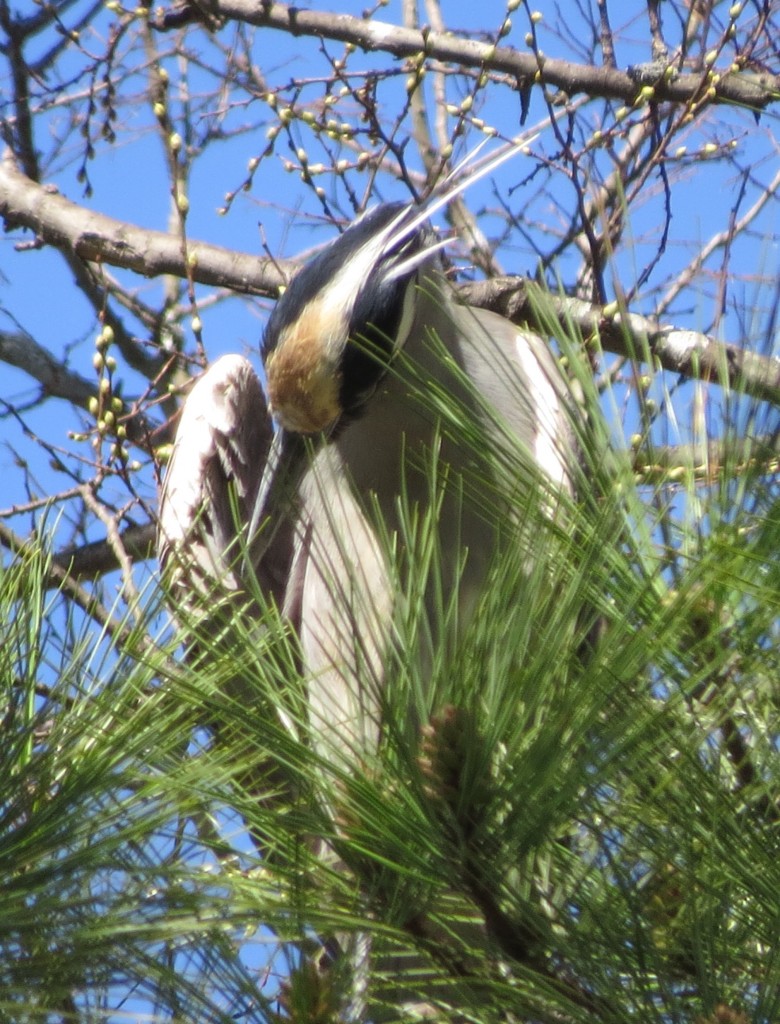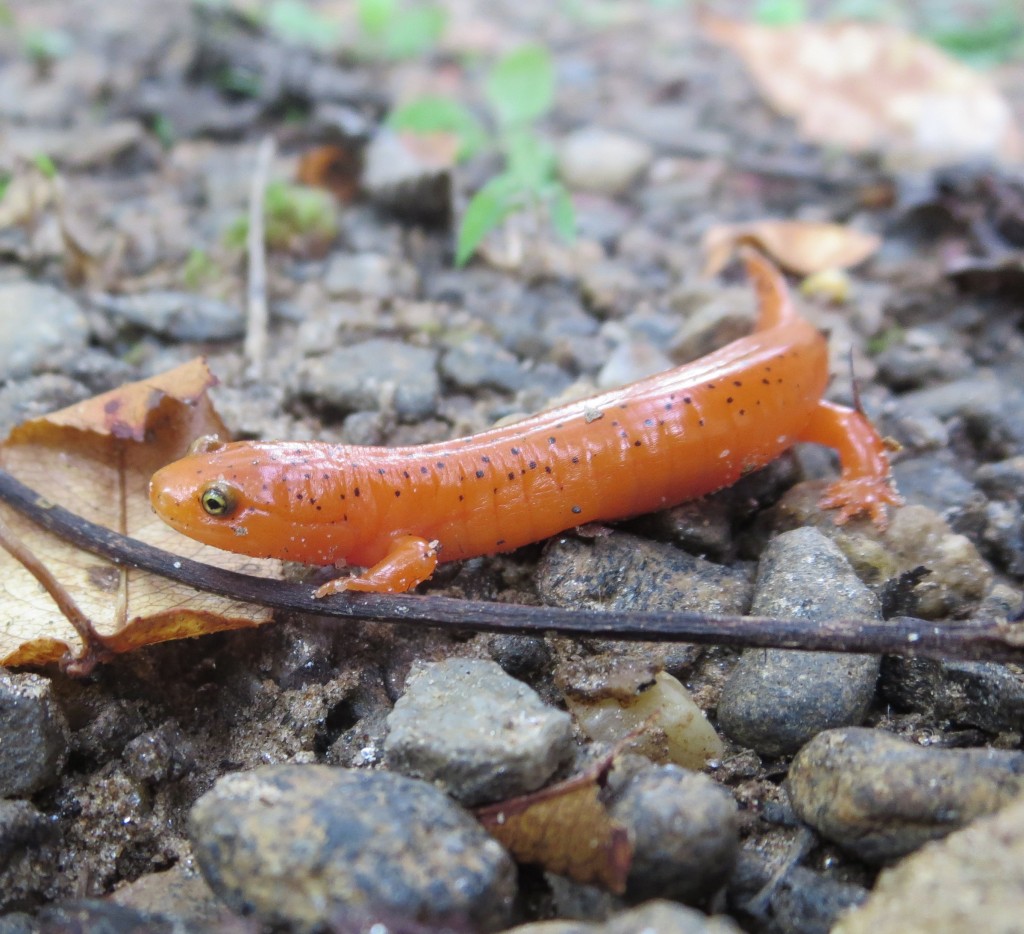 So excited to see this amazing Red Salamander (Pseudotriton ruber) last month. About 10 miles from Mount Mitchell in North Carolina, the highest peak east of the Mississippi. I think it’s Pseudotriton ruber nitidus, the Blue Ridge Red Salamander. It lacks the black chin of other subspecies. Red Salamanders are in the family of lungless salamanders (Plethdontidae). They have neither gills nor lungs, but breathe through their skin! Their skin has to stay moist for them to breathe, which is one reason salamanders are more common at higher elevations with greater rainfall and cooler temps. The lungless salamanders are a huge family of salamanders in N.C. I haven’t seen a Pseudotriton in 20 years! I’m grateful they’re still alive.
So excited to see this amazing Red Salamander (Pseudotriton ruber) last month. About 10 miles from Mount Mitchell in North Carolina, the highest peak east of the Mississippi. I think it’s Pseudotriton ruber nitidus, the Blue Ridge Red Salamander. It lacks the black chin of other subspecies. Red Salamanders are in the family of lungless salamanders (Plethdontidae). They have neither gills nor lungs, but breathe through their skin! Their skin has to stay moist for them to breathe, which is one reason salamanders are more common at higher elevations with greater rainfall and cooler temps. The lungless salamanders are a huge family of salamanders in N.C. I haven’t seen a Pseudotriton in 20 years! I’m grateful they’re still alive.
- Home
- About
- Books
- Creepy Crawlies and the Scientific Method
- Veggie Revolution: Smart Choices for a Healthy Body and a Healthy Planet
- Going Green: A Wise Consumer’s Guide to a Shrinking Planet
- Pet Bugs
- Classroom Critters and the Scientific Method
- Slugs, Bugs, and Salamanders: Discovering Animals in Your Garden
- Stink Bugs, Stick Insects & Stag Beetles
- More Pet Bugs
- Skunk Cabbage, Sundew Plants, & Strangler Figs
- Blog
- Contact
